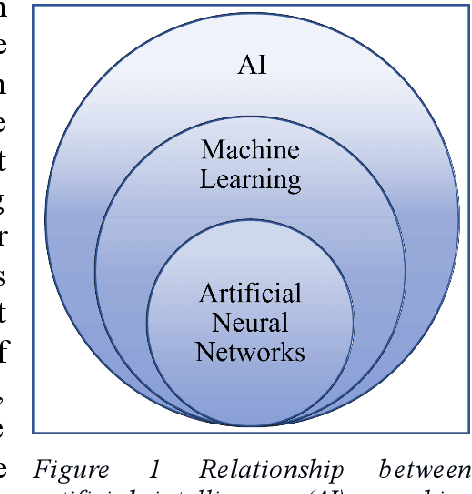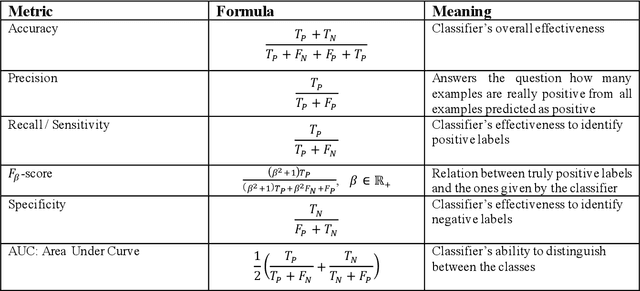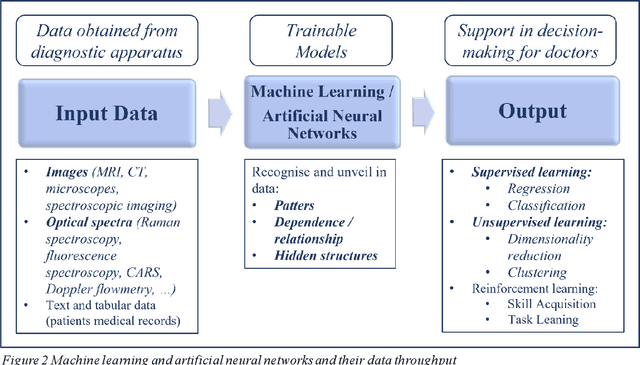Marina Zajnulina
Weak Kerr Nonlinearity Boosts the Performance of Frequency-Multiplexed Photonic Extreme Learning Machines: A Multifaceted Approach
Dec 19, 2023Abstract:We provide a theoretical, numerical, and experimental investigation of the Kerr nonlinearity impact on the performance of a frequency-multiplexed Extreme Learning Machine (ELM). In such ELM, the neuron signals are encoded in the lines of a frequency comb. The Kerr nonlinearity facilitates the randomized neuron connections allowing for efficient information mixing. A programmable spectral filter applies the output weights. The system operates in a continuous-wave regime. Even at low input peak powers, the resulting weak Kerr nonlinearity is sufficient to significantly boost the performance on several tasks. This boost already arises when one uses only the very small Kerr nonlinearity present in a 20-meter long erbium-doped fiber amplifier. In contrast, a subsequent propagation in 540 meters of a single-mode fiber improves the performance only slightly, whereas additional information mixing with a phase modulator does not result in a further improvement at all. We introduce a model to show that, in frequency-multiplexed ELMs, the Kerr nonlinearity mixes information via four-wave mixing, rather than via self- or cross-phase modulation. At low powers, this effect is quartic in the comb-line amplitudes. Numerical simulations validate our experimental results and interpretation.
Advances of Artificial Intelligence in Classical and Novel Spectroscopy-Based Approaches for Cancer Diagnostics. A Review
Aug 08, 2022


Abstract:Cancer is one of the leading causes of death worldwide. Fast and safe early-stage, pre- and intra-operative diagnostics can significantly contribute to successful cancer identification and treatment. Artificial intelligence has played an increasing role in the enhancement of cancer diagnostics techniques in the last 15 years. This review covers the advances of artificial intelligence applications in well-established techniques such as MRI and CT. Also, it shows its high potential in combination with optical spectroscopy-based approaches that are under development for mobile, ultra-fast, and low-invasive diagnostics. I will show how spectroscopy-based approaches can reduce the time of tissue preparation for pathological analysis by making thin-slicing or haematoxylin-and-eosin staining obsolete. I will present examples of spectroscopic tools for fast and low-invasive ex- and in-vivo tissue classification for the determination of a tumour and its boundaries. Also, I will discuss that, contrary to MRI and CT, spectroscopic measurements do not require the administration of chemical agents to enhance the quality of cancer imaging which contributes to the development of more secure diagnostic methods. Overall, we will see that the combination of spectroscopy and artificial intelligence constitutes a highly promising and fast-developing field of medical technology that will soon augment available cancer diagnostic methods.
 Add to Chrome
Add to Chrome Add to Firefox
Add to Firefox Add to Edge
Add to Edge